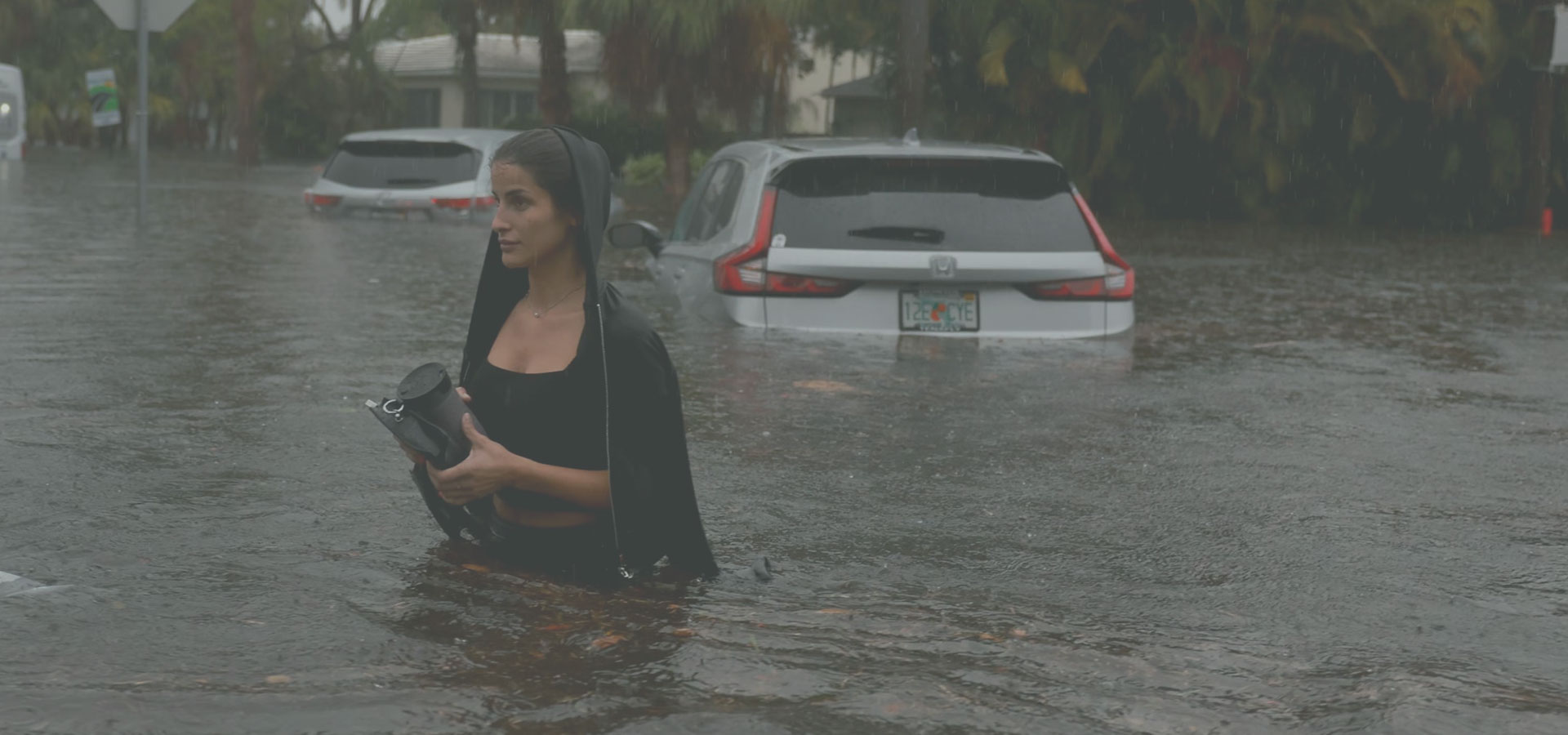
Severe Flooding in Southern Florida: A Wake-Up Call for the Insurance Industry
Severe Flooding in Southern Florida: A Wake-Up Call for the Insurance Industry
A recent weekly catastrophe report has revealed that since June 11, Southern Florida has faced substantial financial losses due to prolonged and excessive rainfall and severe convective storms (SCS). This has led to significant flash flooding, with expected economic and insured losses exceeding hundreds of millions of USD. As the situation continues to unfold, these losses could rise further.
Impact on Urban Corridor: Miami to Fort Lauderdale
The urban corridor stretching from Miami to Fort Lauderdale has been particularly affected. Floodwaters have submerged numerous homes, vehicles, and roadways, causing widespread disruption and damage. Southern Florida has experienced torrential rainfall following persistent drought conditions, exacerbating the situation. A convergence of moisture from the Caribbean Sea along a stationary front triggered heavy downpours across the southern half of the state, resulting in unprecedented flooding.
Contributing Weather Factors
A slow-moving tropical low-pressure system intensified storm development, prompting flood alerts for over 8 million residents. Broward, Miami-Dade, and Sarasota counties recorded over 1 foot of rainfall, with flash flood emergencies declared in urban areas. This convergence of meteorological factors has created a perfect storm for severe flooding, challenging the resilience of infrastructure and emergency response systems in the region.
Broader Impacts Across the Central and Southern US
In addition to Southern Florida, scattered severe weather affected parts of the central and southern United States from June 6 to 12. States such as Colorado, Texas, and South Carolina experienced strong storms with wind gusts over 60 mph and hail up to 2.5 inches in diameter. Further severe weather from June 12 to 13 impacted areas from Minnesota to Michigan, causing significant damage and highlighting the widespread nature of these climatic events.
Severe Weather Alerts and Emergency Declarations
The urban coastal regions of southern Florida declared a state of emergency due to severe flooding, affecting cities like Miami and Sarasota. The event resulted in hundreds of flight delays or cancellations, the towing of over 300 flooded vehicles, and the rescue of approximately 70 people from floodwaters. These emergency measures underscore the severity of the situation and the urgent need for effective disaster response strategies.
Economic and Insured Losses: A Closer Look
The financial implications of these severe weather events are substantial. Insured losses are anticipated to reach hundreds of millions of USD, with the potential for further increases as the full extent of the damage becomes clearer. This situation presents a significant challenge for the insurance and reinsurance industries, which play a crucial role in mitigating the financial impact of such disasters.
Role of Reinsurance Brokers
Understanding and addressing these catastrophic events is critical. Reinsurance brokers facilitate risk management and financial recovery by helping insurance companies distribute the risk associated with high-cost claims. In the wake of such significant flooding and storm damage, we will be pivotal in managing the financial aftermath, ensuring that insurers can meet their obligations to policyholders.
Preparing for Future Catastrophes
The recent events in Southern Florida and other affected regions highlight the importance of preparedness and resilience in the face of natural disasters. For reinsurance companies and the broader insurance industry, this means developing and promoting comprehensive risk assessment strategies, investing in advanced predictive modeling technologies, and fostering strong partnerships with clients to ensure effective risk transfer mechanisms are in place.
Enhancing Predictive Capabilities
Advancements in meteorological science and technology offer new opportunities for enhancing predictive capabilities. Accurate forecasting of severe weather events can provide critical lead time for implementing protective measures, reducing potential damage, and optimizing emergency response efforts. This helps us as brokers to leverage these advancements to better assess risk and advise clients on appropriate coverage levels.
Promoting Resilience and Mitigation
In addition to immediate disaster response, promoting long-term resilience and mitigation strategies is essential. This includes encouraging the adoption of building codes and land-use planning that take into account the risks of flooding and severe storms. By working with policymakers, urban planners, and clients, we can advocate for resilient infrastructure and proactive risk management practices.
Navigating the Challenges Ahead
The June SCS flooding in Southern Florida and the broader severe weather impacts across the central and southern United States underscore the critical role of the reinsurance industry in managing and mitigating the financial risks associated with natural disasters. As the frequency and severity of such events increase, it is clear that we must continue to innovate and adapt, providing essential support to insurers and contributing to the overall resilience of communities.
By staying informed about the latest developments, leveraging advanced predictive technologies, and promoting comprehensive risk management strategies, we can help navigate the challenges ahead. The recent flooding events serve as a stark reminder of the importance of preparedness and the vital role of the reinsurance industry in safeguarding financial stability and supporting recovery efforts in the wake of natural catastrophes.
As we move forward, fostering collaboration and resilience will be key to managing the growing risks posed by severe weather events. At Wahr Re, we are uniquely positioned to lead these efforts, ensuring that both insurers and policyholders are better prepared to weather the storms of the future.
